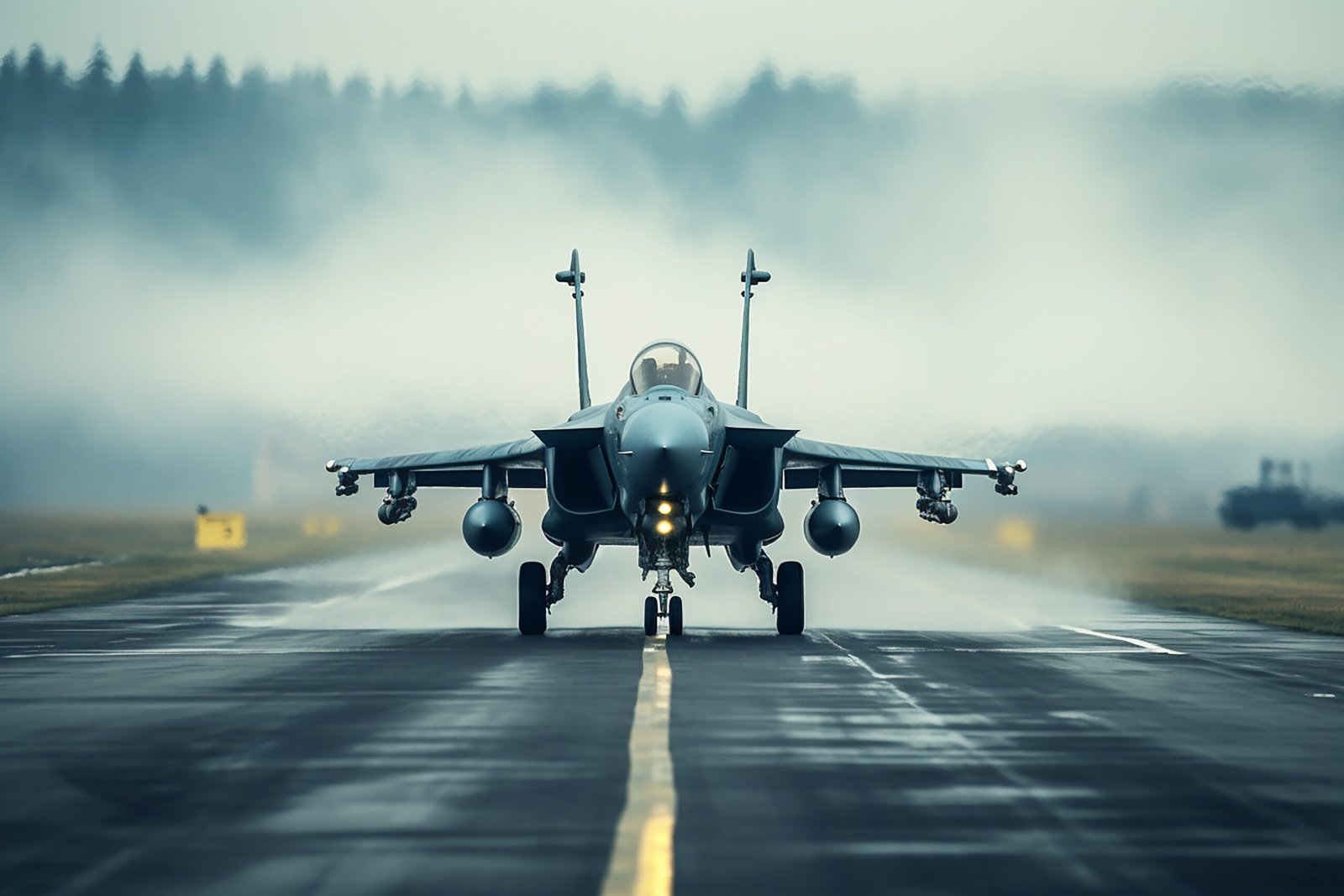
Russia Confirms Aircraft “Caught Fire” After Massive Ukrainian Drone Attack on Five Airbases
In a stunning escalation of long-range warfare, Russia has confirmed that several of its military aircraft “caught fire” after a large-scale Ukrainian drone attack on Sunday. This marks one of Kyiv’s most extensive drone operations since the beginning of the conflict, with strikes hitting five airbases deep within Russian territory.
The daring operation underscores Ukraine’s evolving drone warfare strategy and highlights its ability to target high-value military infrastructure far from the frontlines. According to Ukraine, the strikes damaged over 40 Russian aircraft, including strategic bombers capable of carrying nuclear warheads.
What Happened: Ukraine’s Largest Drone Strike Yet
In the early hours of Sunday, waves of FPV (First-Person View) drones were launched in what appears to be a highly coordinated and long-planned operation by Ukraine’s Security Service (SBU). The targeted airbases were located in:
-
Murmansk
-
Irkutsk
-
Ivanovo
-
Ryazan
-
Amur
Russia’s Ministry of Defence released a statement shortly after the attacks, acknowledging that multiple aircraft had caught fire due to drone strikes near military airfields in Murmansk and Irkutsk. While the fires were extinguished, the damage was done.
“No casualties were reported among military personnel or civilians,” the ministry added. However, it also claimed that attacks in Ivanovo, Ryazan, and Amur were repelled, and several individuals involved in the assault were detained.
Despite Moscow’s attempts to downplay the incident, Ukraine insists that over 40 aircraft were damaged, including long-range TU-95 and Tu-22 strategic bombers—two models critical to Russia’s airstrike capabilities.
Strategic Significance: Why These Airbases Were Targeted
According to sources cited by AFP, the operation aimed to weaken Russia’s long-range bombing capacity, particularly by destroying aircraft before they could be used in frontline assaults. One of the key targets was Belaya Air Base, which reportedly suffered significant damage after a fire broke out post-attack.
In a remarkable first, an attack was also confirmed on a military unit in the village of Sridni, located in Siberia—signaling a deepening reach of Ukrainian drone operations.
How the Attack Was Orchestrated: “Operation Spider Web”
Ukrainian media outlet Pravda reported that the operation was part of a covert mission code-named “Pavutyna,” or “Spider Web.” According to their sources, the plan had been under development for nearly a year. Here’s how it unfolded:
-
Covert Drone Transport:
Drones were stored inside mobile wooden sheds mounted on cargo trucks. These were parked strategically near the target airbases. -
Remote Deployment:
At designated times, the truck roofs were remotely opened, allowing the drones to launch and strike the targets.
This method helped evade early detection by Russian air defenses and allowed the drones to reach targets deep inside Russia—a feat that marks a significant leap in Ukraine’s tactical capabilities.
Why Drones? Ukraine’s Game-Changing Strategy
Unlike Russia, which has access to a vast missile arsenal, Ukraine has focused on building a powerful fleet of attack drones. These drones have been increasingly used to target:
-
Military bases
-
Oil refineries
-
Strategic logistics hubs
-
Energy infrastructure
By striking far behind enemy lines, Ukraine aims to degrade Russia’s ability to wage war without engaging in costly ground operations. Drone attacks are cost-effective, relatively stealthy, and increasingly hard to intercept.
This drone assault serves as a clear warning to Russia that no military installation is out of reach.
Civilian and Military Response
Following the attacks, Russian media outlet RT reported that emergency services and military responders were mobilized immediately to secure the affected sites and contain any further threats. The source of the drone launches has reportedly been blocked, although no further details have been disclosed.
The fact that several people connected to the attacks were apprehended points to deep operational penetration—possibly with help from sympathizers or covert operatives within Russian borders.
Timing and Political Context
The drone strikes came just as Russia and Ukraine are set to hold a second round of peace talks in Istanbul. The Russian delegation, headed by Kremlin aide Vladimir Medynsky, has already arrived in Turkey.
Ukrainian President Volodymyr Zelensky confirmed that Ukraine would also participate in the talks. He emphasized that Kyiv’s key objectives include:
-
A complete and unconditional ceasefire
-
Return of prisoners of war
-
Repatriation of abducted Ukrainian children
Zelensky posted on social media:
“I have also defined our position before the Monday meeting in Istanbul.”
The juxtaposition of this massive drone assault and renewed peace talks paints a complex picture. It may reflect a strategy of strength through pressure—Ukraine demonstrating its reach and resolve before engaging in diplomacy.
Global Reactions and Implications
The attack is already sparking debate among global defense analysts. Many view the incident as a turning point in modern aerial warfare, where drone swarms can match the strategic impact of missiles, at a fraction of the cost.
NATO allies and Western defense organizations are expected to reassess both their drone defense systems and offensive capabilities in light of Ukraine’s success.
Some key takeaways for global military planners:
-
Drone warfare is no longer a low-tier threat
-
Strategic airbases must be fortified against asymmetrical threats
-
Cyber and signal jamming measures may not be sufficient
My Opinion: A Bold New Chapter in Asymmetrical Warfare
In my opinion, this drone strike showcases the evolution of modern warfare. Ukraine, once seen as outmatched in conventional firepower, is now flipping the script with precision drone tactics that strike fear deep within Russia’s territory.
What makes this operation stand out is not just the scale, but the surgical planning and execution. The “Spider Web” operation proves that strategy and innovation can often outweigh brute force.
If peace talks fail, we may see more such unconventional assaults, which will continue to test Russia’s military resilience and technological defenses.
Final Thoughts
As Russia has confirmed that several of its military aircraft “caught fire” after a large-scale Ukrainian drone attack, the message is clear: the battlefield is no longer limited to the frontlines. With creative strategies and tactical patience, Ukraine has proven its ability to shake the very foundations of Russian airpower.
This event could mark a pivotal shift in how nations prepare for and defend against aerial threats. Whether it leads to meaningful peace or a new phase of escalated warfare remains to be seen—but one thing is certain: the rules of war are changing.
Aamir Ahmad Fateh is a seasoned digital marketer and experienced news writer with over 7 years of expertise in covering political affairs, social issues, technology, sports, and Bollywood. He is the founder and chief editor of 24fnews.com, where he is dedicated to delivering accurate, unbiased, and timely news to a wide audience every day. His sharp insights and journalistic integrity make him a trusted voice in the digital news space.



